Mount Kilimanjaro, located in Tanzania, East Africa, is not just any mountain; it is the tallest peak on the African continent, soaring to an impressive height of approximately 19,341 feet (5,895 meters) above sea level. Comprised of three volcanic cones, Kilimanjaro’s highest point, Uhuru Peak stands as a majestic testament to the geological wonders of our planet.
Facts A bout Mount Kilimanjaro
Formation and Geological Features
Millions of years in the making, Mount Kilimanjaro owes its existence to a series of volcanic eruptions that occurred over time. Layer upon layer of volcanic rock accumulated, gradually forming the massive mountain we see today. Although relatively dormant compared to some of its counterparts, Kilimanjaro still displays signs of geological activity, hinting at its tumultuous past.
Climate and Ecology
Despite its equatorial location, the summit of Kilimanjaro boasts a drastically different climate compared to its surroundings. The mountain’s high altitude creates an environment characterized by chilly temperatures, where snow and ice often blanket its upper reaches. This diverse climate fosters a unique ecosystem, with distinct vegetation zones ranging from lush rainforests at the base to barren, rocky slopes near the summit. Each zone supports a variety of plant and animal species, including vibrant birds, agile monkeys, and majestic elephants.
Cultural Significance
Mount Kilimanjaro holds deep cultural significance for the people of Tanzania and beyond. Revered as a sacred site by local communities, the mountain features prominently in traditional folklore and spiritual beliefs. Additionally, Kilimanjaro serves as a symbol of national pride and unity, drawing visitors from around the globe to experience its natural wonders.
Adventure and Tourism
Every year, adventurers from far and wide embark on the challenging journey to summit Kilimanjaro. The trek offers a unique blend of physical exertion, natural beauty, and cultural immersion. While the climb is not without its risks, the reward of standing atop Uhuru Peak, gazing out over the vast African landscape, is unparalleled.
Environmental Challenges
Despite its resilience, Mount Kilimanjaro faces several environmental threats, including climate change and pollution. Rising temperatures are causing accelerated melting of the mountain’s glaciers, posing a risk to local water sources and ecosystems. Additionally, the influx of tourists has led to concerns about litter and waste, endangering the fragile balance of Kilimanjaro’s delicate ecosystems.
Challenge and Adventure
Climbing Mount Kilimanjaro is no walk in the park. As you ascend its slopes, the air becomes thinner, making it harder to breathe. Some climbers even experience altitude sickness, with symptoms like headaches and nausea. However, unlike some other mountains that require specialized climbing gear, Kilimanjaro can be conquered with determination and physical fitness alone. It’s a test of endurance and resilience, offering adventurers a chance to push their limits and embark on a thrilling journey of self-discovery.
Glaciers
One of the most remarkable features of Kilimanjaro is its glaciers. Despite its equatorial location, the mountain’s high altitude allows for the formation of icy expanses near its summit. These icy patches, known as glaciers, are a testament to the unique climatic conditions of Kilimanjaro. However, they are rapidly receding due to the impacts of climate change. The loss of these glaciers not only alters the mountain’s appearance but also threatens local water sources and ecosystems, highlighting the urgent need for climate action.
Tourism
Mount Kilimanjaro attracts thousands of visitors from around the world each year, drawn by the promise of adventure and breathtaking scenery. Many choose to embark on guided expeditions, paying for the opportunity to climb the mountain and witness its awe-inspiring vistas. This influx of tourism not only supports local economies but also contributes to the development of essential infrastructure, such as schools and hospitals. However, it also brings challenges, including environmental degradation and cultural impact, which must be carefully managed to ensure the long-term sustainability of tourism in Kilimanjaro.
Summit
Reaching the summit of Mount Kilimanjaro is a momentous achievement. Uhuru Peak, the highest point on the mountain, offers unparalleled views of the surrounding landscape, stretching as far as the eye can see. Standing atop Uhuru Peak, climbers experience a sense of freedom and accomplishment, as if they are on top of the world. It’s a moment that stays with you forever, a testament to the indomitable human spirit and the power of perseverance.
Mount Kilimanjaro stands as a testament to the awe-inspiring power of nature and the enduring spirit of human adventure. From its towering peaks to its rich biodiversity, Kilimanjaro captivates the imagination and inspires awe in all who encounter it. As we strive to protect this natural treasure for future generations, let us remember the profound beauty and significance of Mount Kilimanjaro, a true icon of the African continent.
Explore Tanzania’s beautiful national parks, like the famous Serengeti, where you can see lots of animals moving around, and the hidden treasures of Treasures of Tanzania which are Ruaha National park and Selous Game Reserve. Also visit the Ngorongoro Crater, a safe place for many different animals. Don’t forget to climb Kilimanjaro, the highest mountain in Africa, and see its amazing views. After that, relax on the pretty beaches of Zanzibar, with its clear blue water and soft white sand. Come join us for a special safari trip in Tanzania and see how wonderful this country is!

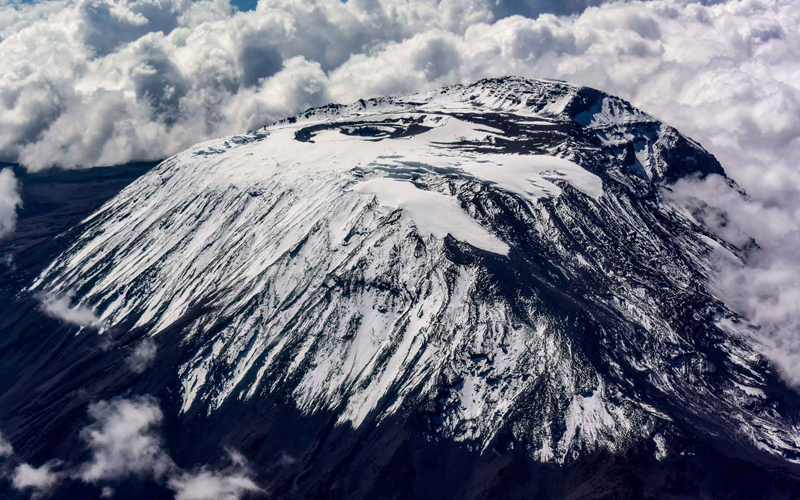
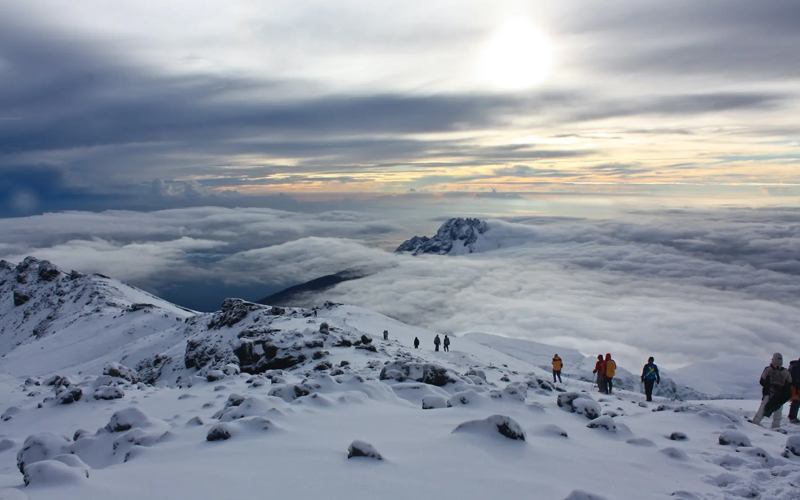

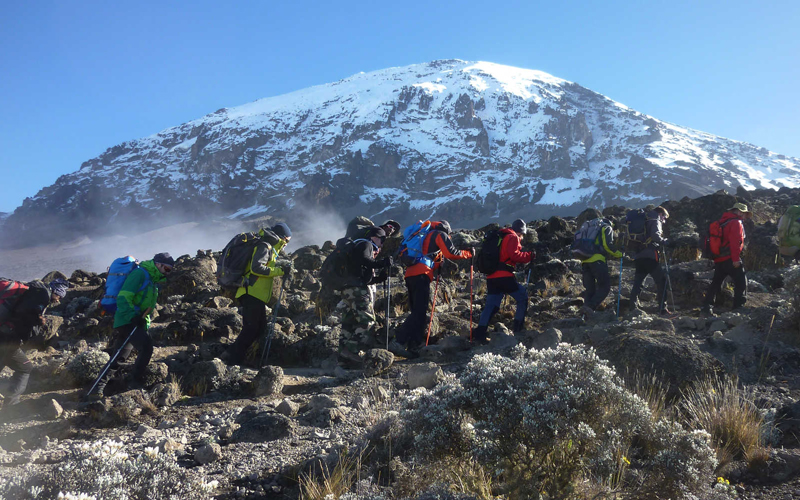
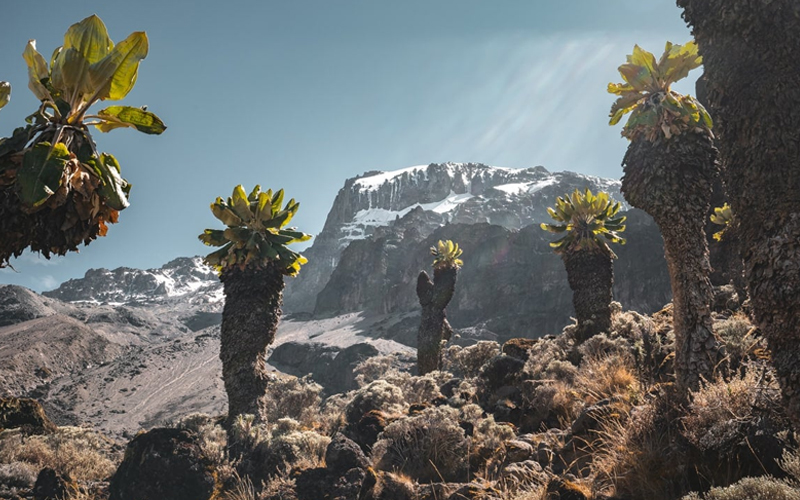
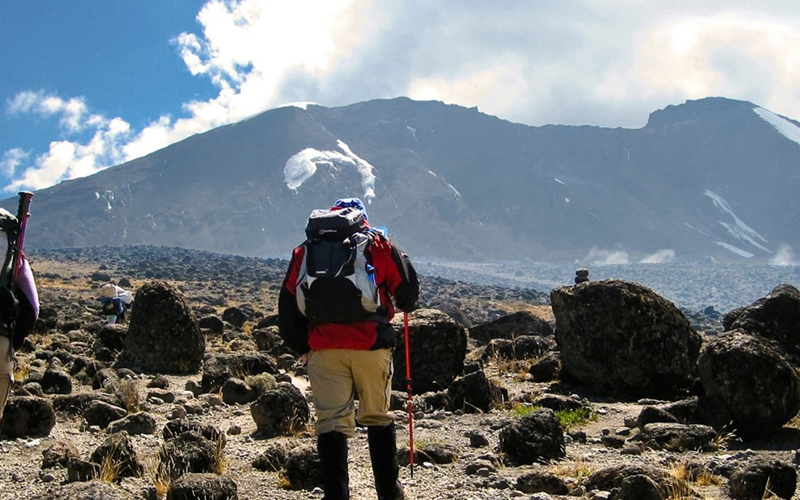


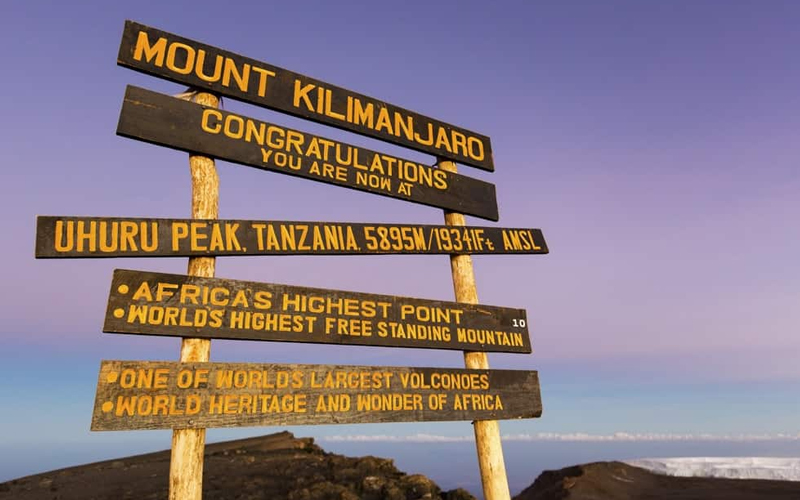

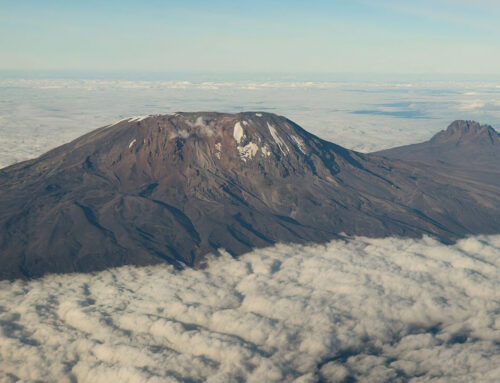


Leave A Comment